Driver anxiety about public chargers is being overblown by the media, with the majority of electric vehicle drivers charging their vehicles at home, according to research carried out by Auto Trader.
Marc Palmer, Auto Trader head of strategy and insight, told Fleet News editor Stephen Briers on the latest Quarterly Market Insights discussion that 82% of electric car drivers are charging at home, with just 43% using public charging in the month prior to the survey.
With 9,000 electric car drivers interviewed, the results revealed that around 95% of electric car driving is done using domestic charging.
“People are using the public charges for top ups and on-the-go charging,” said Palmer. “They weren't reporting big wait times, reliability issues and all those other things.”
With Charge UK estimating that a new public charger is being installed at a rate of one every 25 minutes, the speed of public charging integration on the road network is keeping pace with the growth in new electric car registrations.
Palmer described the current environment as “phase one” in the uptake of electric vehicles. As the UK moves into phase two, with the ZEV Mandate acting as a major catalyst, the charging infrastructure will need to keep pace.
“And then, finally, five, maybe 10 years from now, it will be everybody else, and that's probably more people without access to home charging,” he said,
“There needs to be a solution for them. But I don't think we need to solve that problem right now. That's going to come later, when there's a lot more volume on the road.”
With the Government investing £381m in the local electric vehicle infrastructure fund (LEVI) for local authorities to implement public charging infrastructure, money is available to support the investment.
“There is also a lot of private investment, of course, backing these charging companies,” Palmer added. “Hardware is really good. Cashless payment and interoperability are being sold. There are standards around reliability, which come into force in November.
“So all of the challenges and hassles that drivers have felt over the last few years are being dealt with.”
Nevertheless, there are some remaining issues to be addressed.
“Firstly, planning is still taking too long, which is really hard for the charging companies to get stuff into the ground, even when the money is there,” Palmer said.
“Then you've got two VAT rates, one on domestic energy (5%) and one on public energy (20%) that doesn't feel right. It makes that more expensive when they break down the costs per kilowatt hour.”
Charging companies are also having to pay a standing charge per plug on the site, regardless of usage.
“They've invested up front to cover the demand that's going to come in the future, but they're having to pay a lot more, and they're not being able to recoup it at the moment,” Palmer said.
“So there are a few things which are raising prices and holding up installation but, generally, the sense is we're on a positive path. We just need to iron out some of these wrinkles.
“Hopefully we can do that in the next couple of years, and new EV drivers will have a positive experience.”

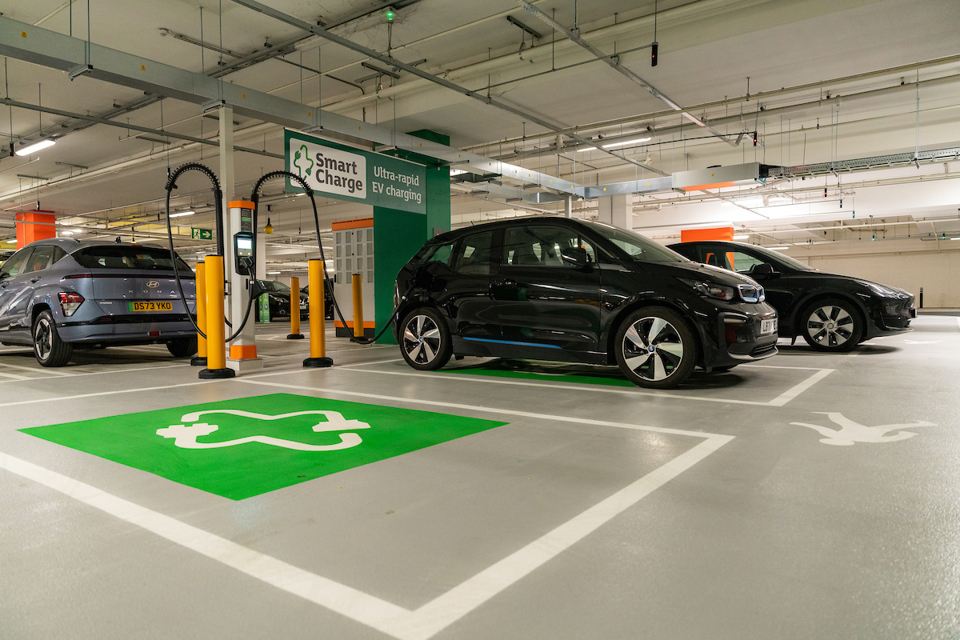





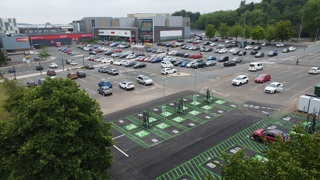
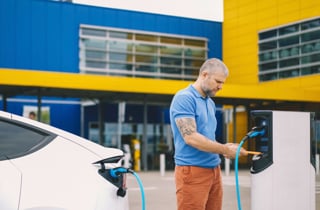
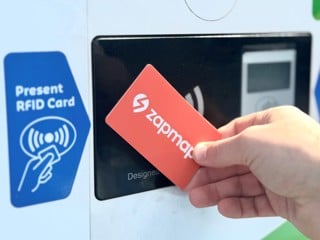
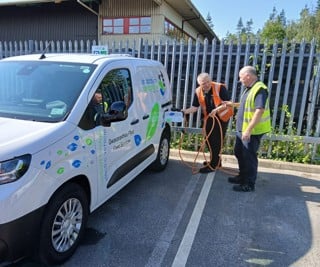











Login to comment
Comments
No comments have been made yet.